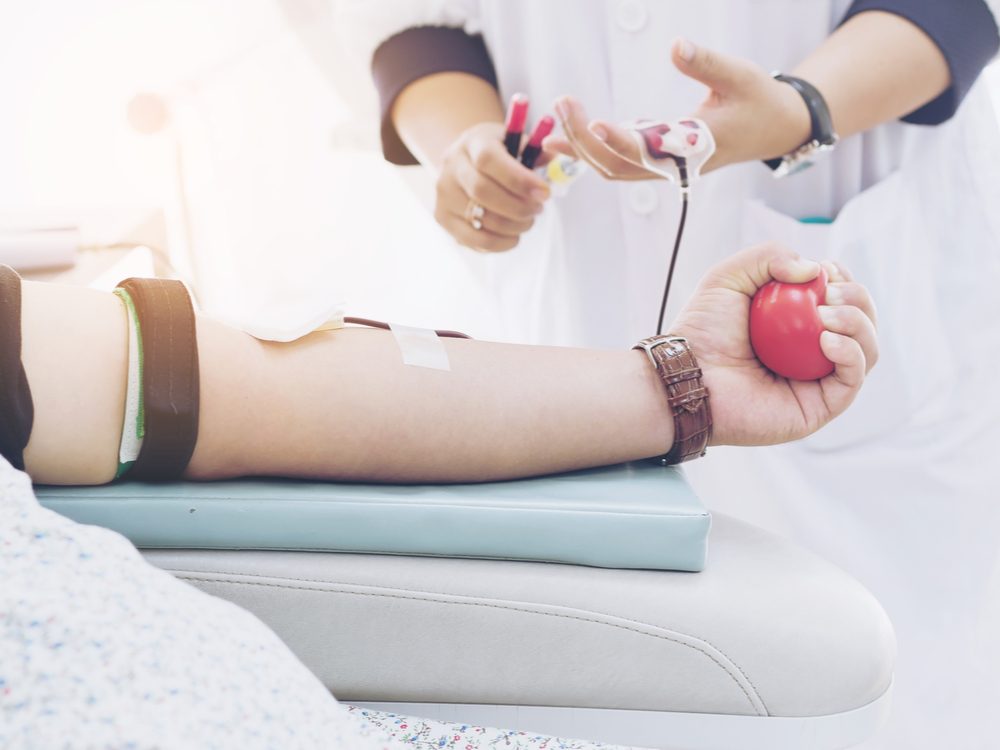
If you’re healthy and weigh more than 50 kilograms, you’re donor material
Your body contains five litres of blood, and only about 450 millilitres are collected per donation. Plasma can be donated every seven days, platelets every 14 days and blood every eight weeks.
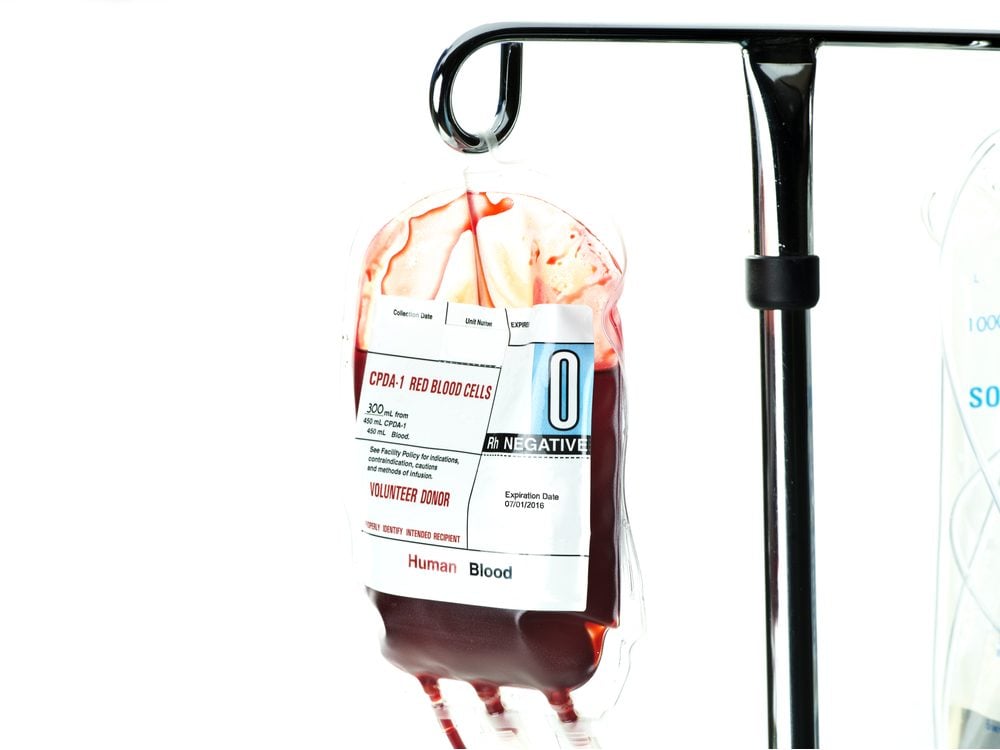
As universal donors, those with type O negative blood can save the most lives—but they only make up 6.6 per cent of the population
“That type has the lowest supply levels,” says Michael Betel, director of donor relations for Canadian Blood Services.
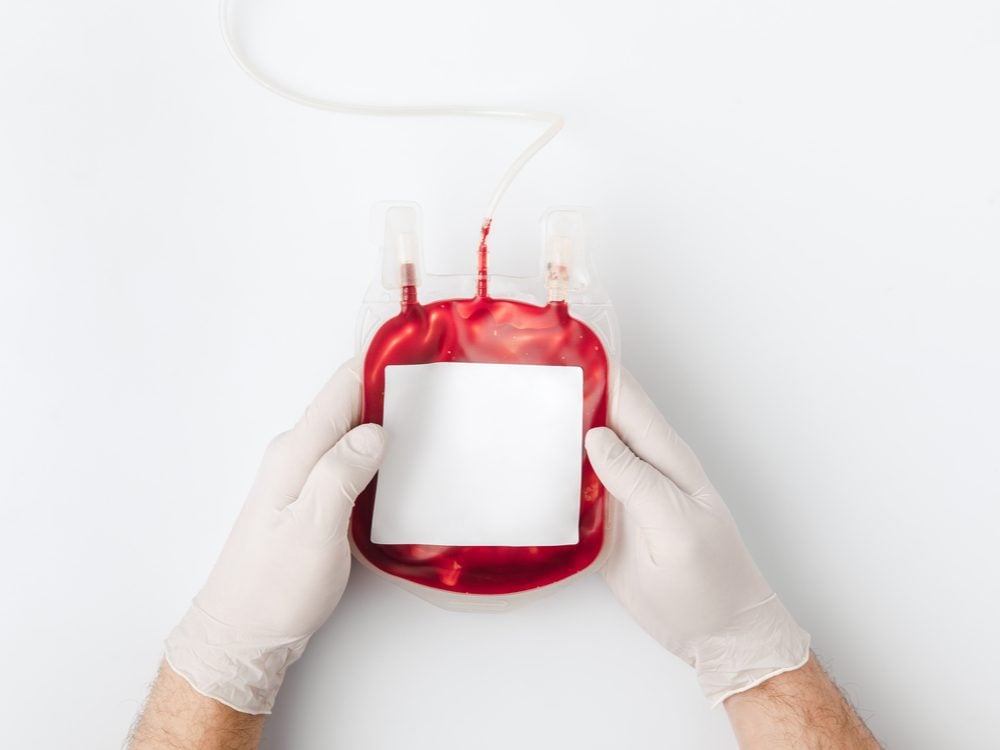
It takes two minutes to find out your blood type
Canadian Blood Services holds free blood-typing events across the country.

Some rules have changed
If you’ve been turned down before, you may be eligible to donate now, Betel says. Recently, Canadian Blood Services began to allow donors from certain West African countries (where HIV infection rates were once high), and donors with health conditions such as celiac disease, which had previously excluded them.

The rules have also changed for men who have had sex with men
You’re now eligible to donate if more than one year has passed since you’ve had sex with another man. “We’d support a further reduction in this deferral period, once we have more data,” Betel says.

Have a tattoo or piercing? You can still give blood
Just wait a full three months after getting either before you donate.
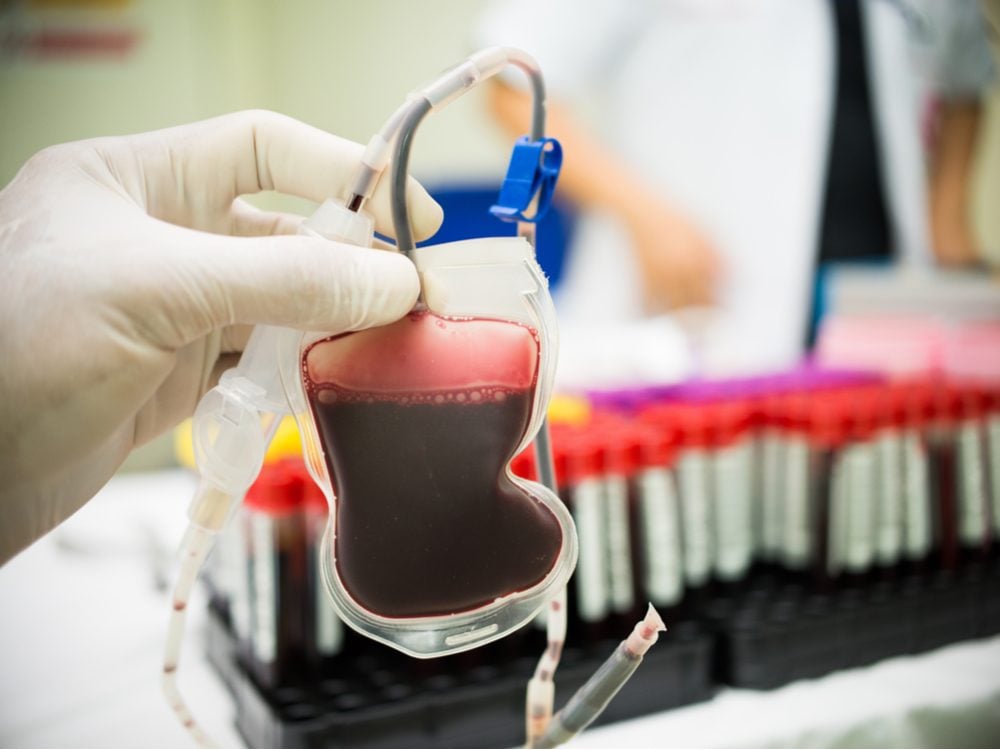
Shortages happen most often around holidays
Even long weekends cause a dip in donations. “We aim to have a five- to eight-day supply of every blood type,” Betel says. “If we get down to less than a two-day supply, hospitals may have to defer elective surgeries as a measure to conserve blood supply.” Other times donations can make the most impact are in the summer and in early January.
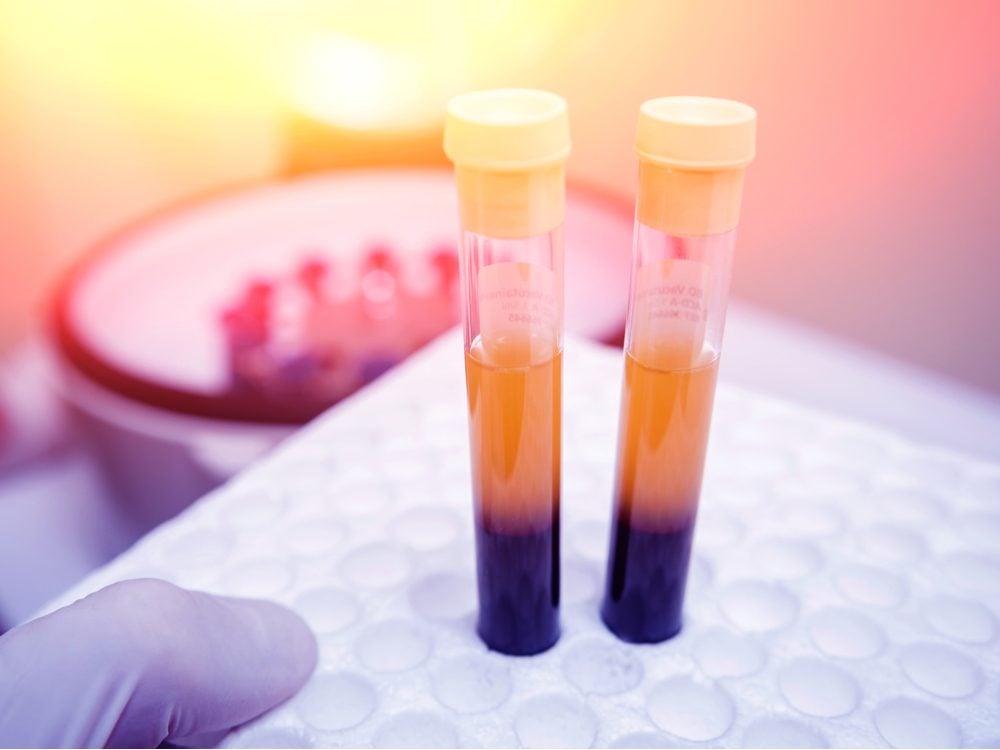
Platelets are urgently needed
Platelets, cells that help your body form clots, are urgently needed as they must be transfused within five days of donation.

You can donate platelets every two weeks
The apheresis process, which involves spinning out blood before returning it to your body, is easier on iron levels.

It’s rare to faint after donating
One Italian study found only one per cent of donors experienced other adverse reactions, such as nausea. To ease negative effects, eat and drink properly the day of your donation, and help yourself to those free cookies and juice.

First-time donors often give blood after a disaster or crisis
While that is necessary, the majority of blood supplies are needed by people with health conditions that cause anemia.
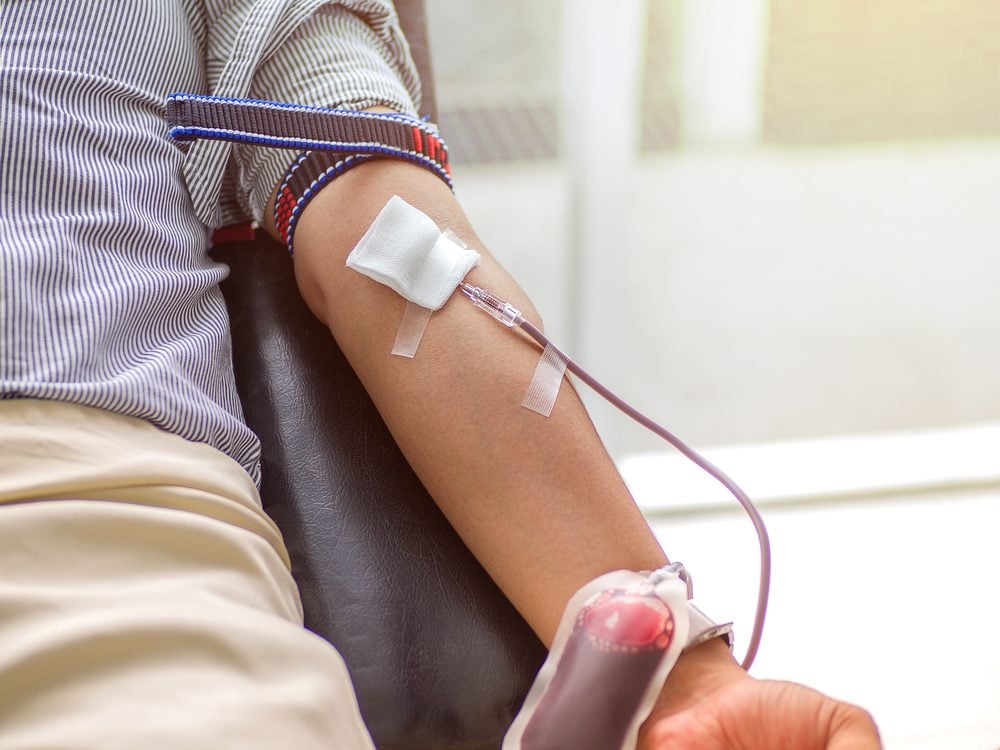
Every minute, someone in Canada needs blood
“Only about four per cent of the Canadian population donates,” says Betel, although half the population is eligible.
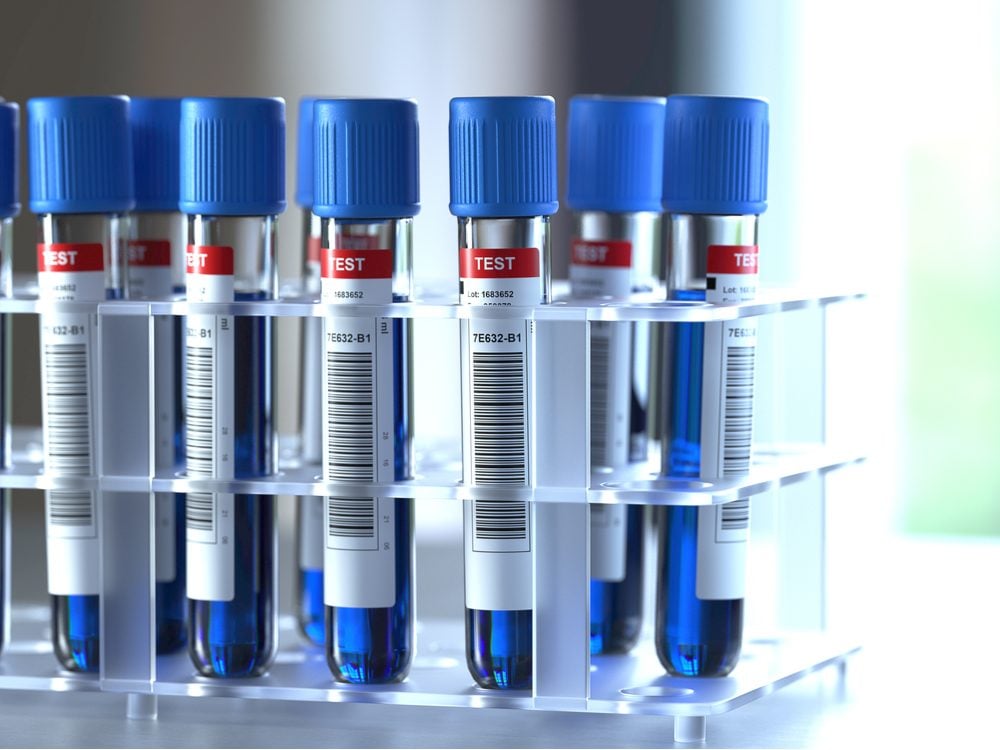
Plasma is needed for transfusions for burn, trauma or hemophilia patients
Since demand outstrips supply, Canada imports 80 per cent of its plasma from the United Sates—where most donors are paid. Paid plasma donation centres are now popping up in multiple provinces—which Canadian Blood Services considers to be unethical.
Next, find out how one man’s blood donations saved the lives of over two million people.